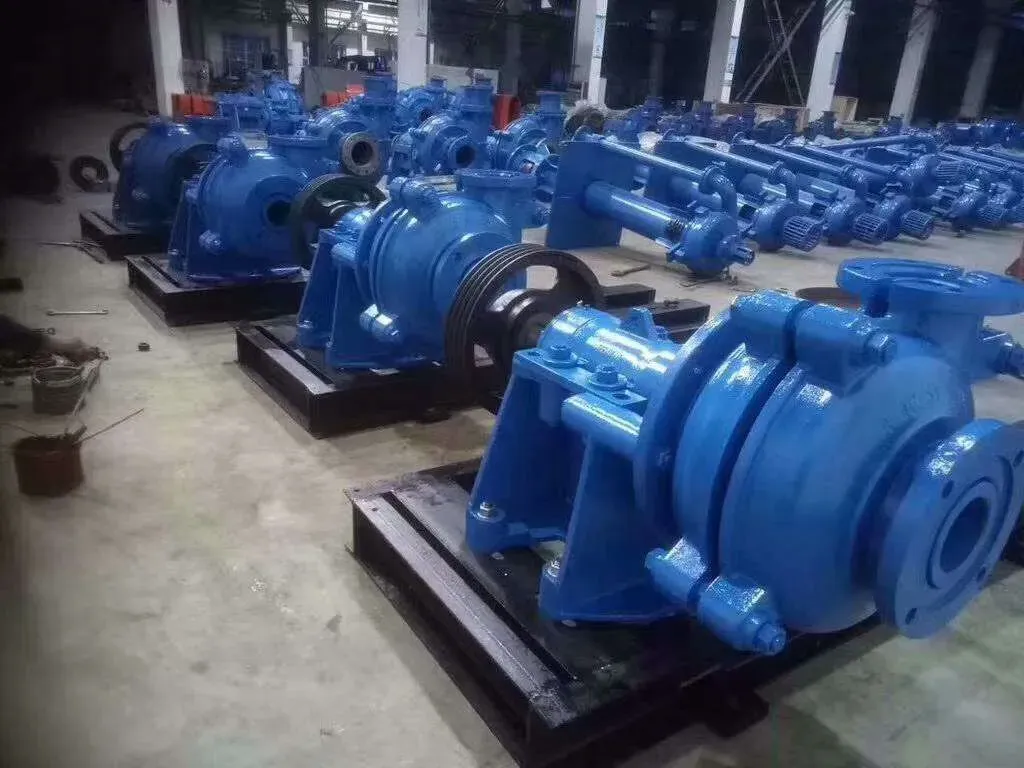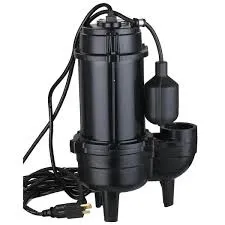TEL:
+86 13120555503
Swahili
- Afrikaans
- Albanian
- Amharic
- Arabic
- Armenian
- Azerbaijani
- Basque
- Belarusian
- Bengali
- Bosnian
- Bulgarian
- Catalan
- Cebuano
- Corsican
- Croatian
- Czech
- Danish
- Dutch
- English
- Esperanto
- Estonian
- Finnish
- French
- Frisian
- Galician
- Georgian
- German
- Greek
- Gujarati
- Haitian Creole
- hausa
- hawaiian
- Hebrew
- Hindi
- Miao
- Hungarian
- Icelandic
- igbo
- Indonesian
- irish
- Italian
- Japanese
- Javanese
- Kannada
- kazakh
- Khmer
- Rwandese
- Korean
- Kurdish
- Kyrgyz
- Lao
- Latin
- Latvian
- Lithuanian
- Luxembourgish
- Macedonian
- Malgashi
- Malay
- Malayalam
- Maltese
- Maori
- Marathi
- Mongolian
- Myanmar
- Nepali
- Norwegian
- Norwegian
- Occitan
- Pashto
- Persian
- Polish
- Portuguese
- Punjabi
- Romanian
- Russian
- Samoan
- Scottish Gaelic
- Serbian
- Sesotho
- Shona
- Sindhi
- Sinhala
- Slovak
- Slovenian
- Somali
- Spanish
- Sundanese
- Swahili
- Swedish
- Tagalog
- Tajik
- Tamil
- Tatar
- Telugu
- Thai
- Turkish
- Turkmen
- Ukrainian
- Urdu
- Uighur
- Uzbek
- Vietnamese
- Welsh
- Bantu
- Yiddish
- Yoruba
- Zulu
Telephone: +86 13120555503
Email: frank@cypump.com
Januari . 15, 2025 05:45 Back to list
Vertical Slurry Pumps
Slurry pumping is a critical process in various industrial applications, such as mining, dredging, chemical processing, and wastewater treatment. Choosing the right pump for slurry can be challenging due to the abrasive nature of the particles and the varying consistencies of the mixtures. Here's a comprehensive guide to understanding which pump might be most suitable for handling slurry, based on real-world experiences, expertise, and authoritative insights.
Peristaltic pumps, characterized by their flexible operation and low maintenance, are useful for transporting thick slurries with high solid content. Since the slurry does not come into contact with mechanical parts, the risk of wear is significantly reduced, thus extending the pump’s lifespan. An authority in wastewater treatment highlights the role of peristaltic pumps in achieving precise dosing and reduced downtime, enhancing operational efficiency. Often overlooked but equally important are submersible slurry pumps, particularly in dredging or underwater excavation projects. These pumps are versatile and can handle various slurry consistencies directly from the source. Their design allows for direct contact with the slurry, minimizing the need for complex piping systems and maximizing suction capabilities. Trust in the equipment’s capability is most often derived from field success and user testimonials. All pumps mentioned have proven track records in diverse real-world applications, with outcomes documented in case studies across industrial sectors. For instance, a leading manufacturer of submersible pumps notes a significant increase in productivity in large-scale dredging operations, attributing success to the pump’s reliability and adaptability to challenging underwater conditions. Choosing the right pump for slurry is thus a balance between understanding the properties of the slurry, the desired flow rate, pressure requirements, and environmental conditions. Consulting with engineers who specialize in fluid dynamics and industry-specific applications can provide additional guidance, reinforcing trust in the decision-making process. Ultimately, the right pump configuration ensures not only operational efficiency but also long-term sustainability of the infrastructure. By leveraging expertise and authoritative insights across industries, one can select a pump solution tailored to meet specific requirements, enhancing both performance and profitability.


Peristaltic pumps, characterized by their flexible operation and low maintenance, are useful for transporting thick slurries with high solid content. Since the slurry does not come into contact with mechanical parts, the risk of wear is significantly reduced, thus extending the pump’s lifespan. An authority in wastewater treatment highlights the role of peristaltic pumps in achieving precise dosing and reduced downtime, enhancing operational efficiency. Often overlooked but equally important are submersible slurry pumps, particularly in dredging or underwater excavation projects. These pumps are versatile and can handle various slurry consistencies directly from the source. Their design allows for direct contact with the slurry, minimizing the need for complex piping systems and maximizing suction capabilities. Trust in the equipment’s capability is most often derived from field success and user testimonials. All pumps mentioned have proven track records in diverse real-world applications, with outcomes documented in case studies across industrial sectors. For instance, a leading manufacturer of submersible pumps notes a significant increase in productivity in large-scale dredging operations, attributing success to the pump’s reliability and adaptability to challenging underwater conditions. Choosing the right pump for slurry is thus a balance between understanding the properties of the slurry, the desired flow rate, pressure requirements, and environmental conditions. Consulting with engineers who specialize in fluid dynamics and industry-specific applications can provide additional guidance, reinforcing trust in the decision-making process. Ultimately, the right pump configuration ensures not only operational efficiency but also long-term sustainability of the infrastructure. By leveraging expertise and authoritative insights across industries, one can select a pump solution tailored to meet specific requirements, enhancing both performance and profitability.
Share
Latest news
-
ISG Series Vertical Pipeline Pump - Chi Yuan Pumps Co., LTD.|High Efficiency, Low Noise, Durable
NewsAug.02,2025
-
ISG Series Vertical Pipeline Pump - Chi Yuan Pumps | High Efficiency, Low Noise
NewsAug.02,2025
-
ISG Series Vertical Pipeline Pump- Chi Yuan Pumps Co., LTD.|High Efficiency&Compact Design
NewsAug.02,2025
-
Heavy-Duty Mining Sludge Pumps - Wear-Resistant Slurry Handling
NewsAug.02,2025
-
Horizontal Split Case Pump with GPT-4 Turbo | High Efficiency
NewsAug.01,2025
-
ISG Series Pipeline Pump - Chi Yuan Pumps | High Efficiency, Durable Design
NewsAug.01,2025










